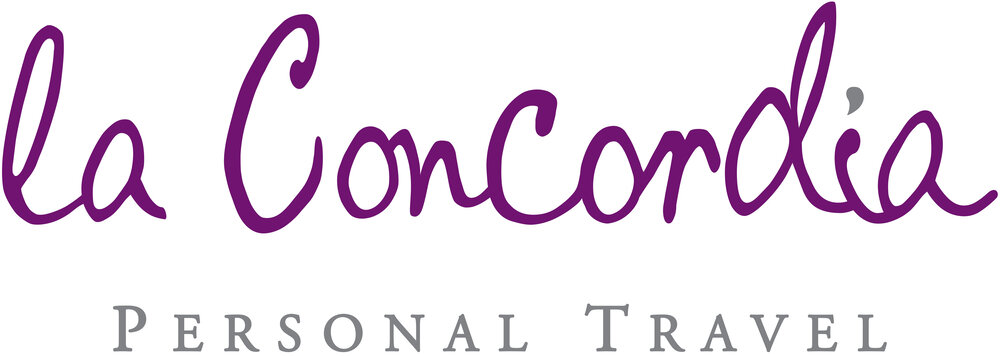Colombia is a bit of a gem. I discovered a country that has a lot to offer from culture to beaches, pretty colonial towns and vibrant cities, hiking in lush rainforests, abundant wildlife and indigenous communities unaffected by the outside world.
Last month I talked about how the towns and cities changed my perception of the country for the good (read about that here). This month I continue with the breath-taking landscapes, which hold a wealth of amazing things to be discovered.
Birds, hikes and verdant valleys
From Bogotá, the capital, I flew an hour to La Zona Cafetera (the coffee region), a beautiful area which lies between the three cities of Manizales, Pereira and Armenia and is where some of the best coffee in the world is produced. Many locally owned Haciendas have been opened up for guests to stay in such as Hacienda Bambusa. It’s the perfect place to relax, sat in the pretty gardens watching the hummingbirds, or used as a base to go out and explore the area.
Obviously a must is to head to one of the coffee plantations to learn about the whole process from growing to roasting. There are also pretty colonial villages to wander around, such as Salento, where you get a real feel for local life.
For me, the highlight of my trip to the region was definitely heading out to the Cocora Valley. Jumping on the back of one of Colombia’s famous Willy Jeeps I explored the vertiginous landscape dotted with the stunning wax palm, Colombia’s national tree, which grows up to 60 meters high.
The area is perfect for hiking, bird watching and picnicking, assuming the mist doesn’t descend to shroud the view like it did with me!
Indigenous Communities
Tayrona National Park is a jungle reserve of plunging waterfalls and idyllic deserted surf beaches (albeit currents can often be very strong). Settling in to my private villa, I found a spot to watch the sun setting.
But the best was yet to come. The morning I spent with the Kogui indigenous community was a real once in a life time experience. After walking for just over an hour through the most idyllic countryside, we arrived at the village of mud and thatch huts.
We had taken tools to share with the villagers, a cultural exchange, and in return we were shown around by an elder who explained the wisdom and beliefs of the community, which are based on “The Great Mother”, their creator figure who they believe is the force behind nature.
It was so humbling to get to meet the villagers and to learn about their life. I have met many indigenous communities in my time, but none so untouched by the outside world. No photographs were allowed within the village, but down by the river, we shared our picnic with the children and I was honoured to be able to take their pictures.
Orinoco flow
For a few days away from it all, I headed to Corcora Tented Camp which is set on a private reserve in the wetlands of Los Llanos.
The area forms part of the vast Orinoco region that is shared with Venezuela and is famous for its lasso-wielding Colombian Llanero cowboys, who seem to sing as they heard the cattle.
Sitting on the deck of my tent (there are only four in total) was ever so relaxing as I watched the many capybara sniff around and twitched at the amazing bird life.
But my lasting memory was riding through the wetlands as the sun sank in the distance, hoping to spot a giant ant-eater, anaconda or puma, all of which inhabit the area. Alas there were no sightings for me.
As well as the diversity in terms of scenery, activities, towns and cities, you will find the Colombians some of the warmest and most hospitable people you will encounter. The time is definitely right to visit Colombia before the crowds arrive. So if you’d like to find out more about a trip to this wonderful country, please do get in touch.
{Pictures: All by Lesley-Ann}













